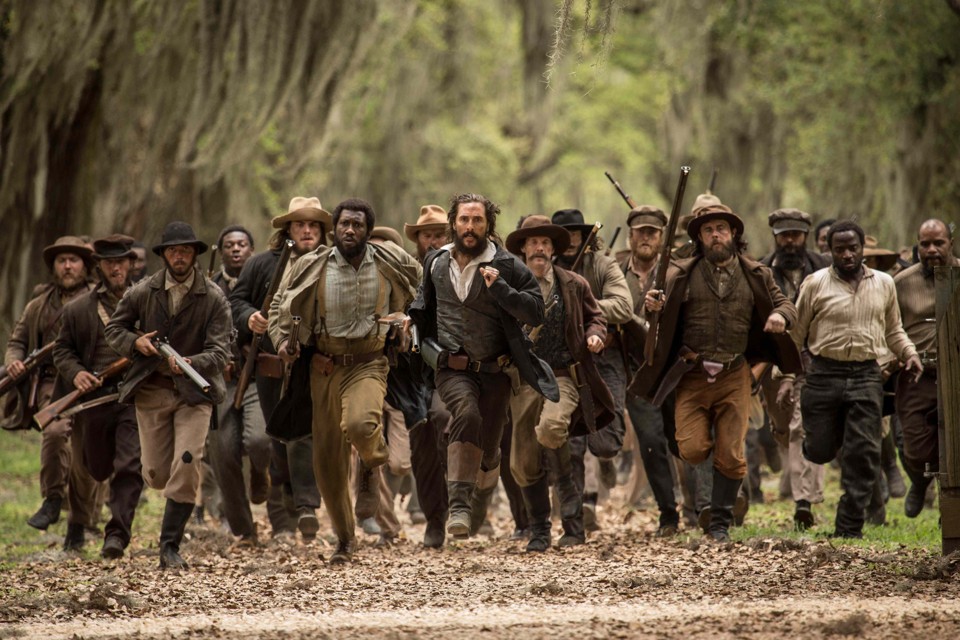Lost kinPosted in Articles, History, Media Archive, Passing, United States on 2016-07-20 02:26Z by Steven |
University of Chicago Magazine
May/June 2015
Allyson Hobbs, Assistant Professor of History
Stanford University
Excerpt from A Chosen Exile: A History of Racial Passing in American Life by Allyson Hobbs, published by Harvard University Press. Copyright © 2014 by Allyson Hobbs. Used by permission. All rights reserved.
“Going as white” permanently created confusion as some family members disappeared across the color line, creating gaps in family genealogy. One woman explained, “My father’s people, half of them pass for white so naturally I know nothing about hardly any of them.”
For others, embarrassment and shame prevented an open discussion of family history: “Not much has been disclosed about the Patterson family. It is our guess that there were too many blood mixtures of which the immediate family is not any too proud to relate. … That this family has many skeletons is without a doubt true.” Merthilda C. Duhe wrote that her father used passing as a strategy to create a new life for himself; she knew little about him or his family because he left New Orleans and “deserted the family while they were very young and went over to the white side in Chicago.”
Others expressed uncertainty about the racial backgrounds of their ancestors. One man questioned his grandfather’s race and explained, “Father was always sensitive about that side of his family.” When asked whether her relatives in Detroit “go for colored or do they go for white,” Mrs. Clemens responded, “I don’t know, and I don’t know what I am. We are 100 per cent American and that is all we can say.” Raymond Brownbow did not know much about his maternal grandmother, a mixed- race house servant who was “described as being very nearly white.” As he explained, “I know very little about her, because it seems that my mother was and is a bit reluctant to discuss her. I remember my mother once telling me that she couldn’t stand the remarks that people would make upon learning of her mother’s mixed blood, and for that reason she refrained from talking much about her.”…
Read the entire article here.



